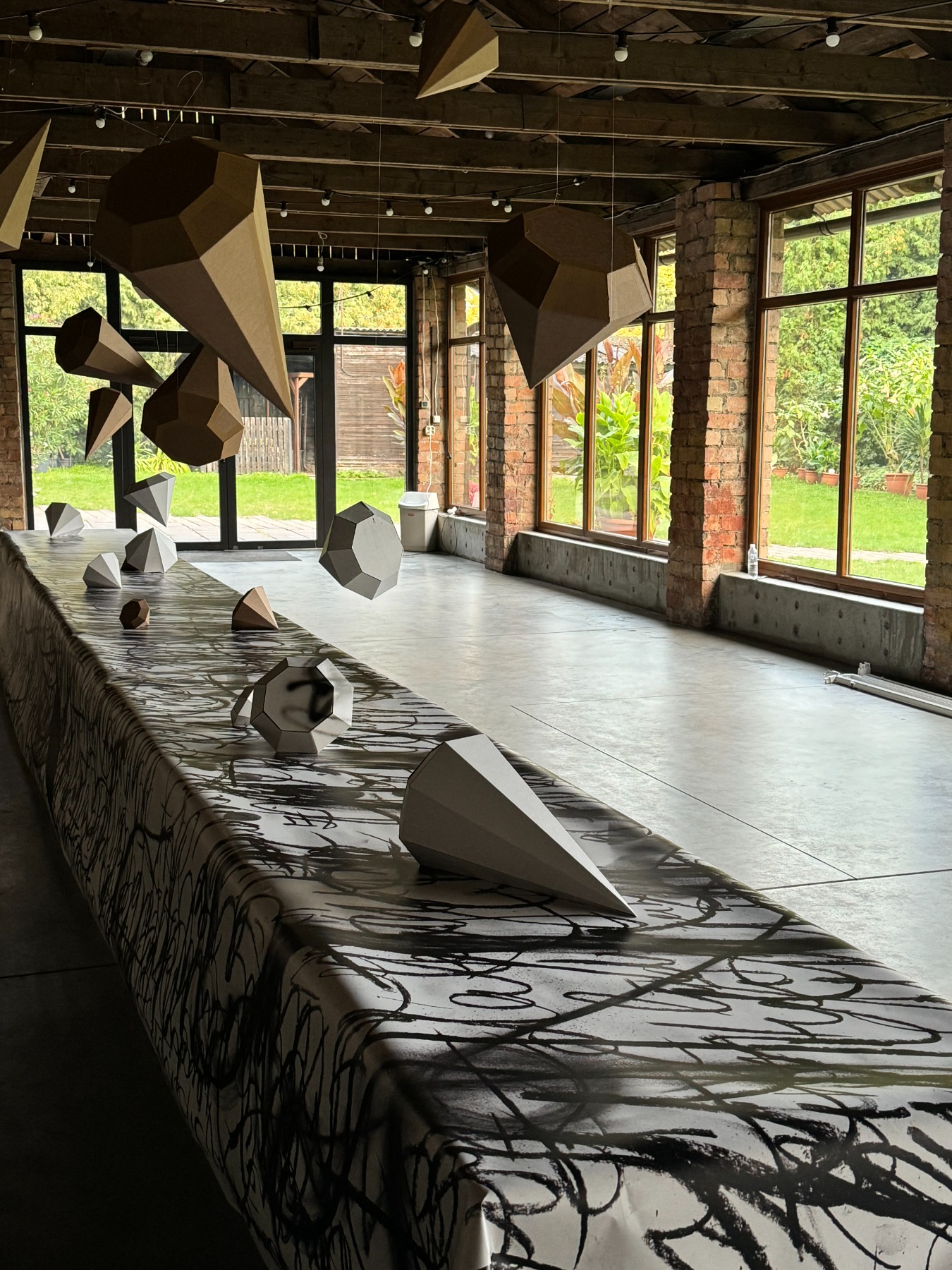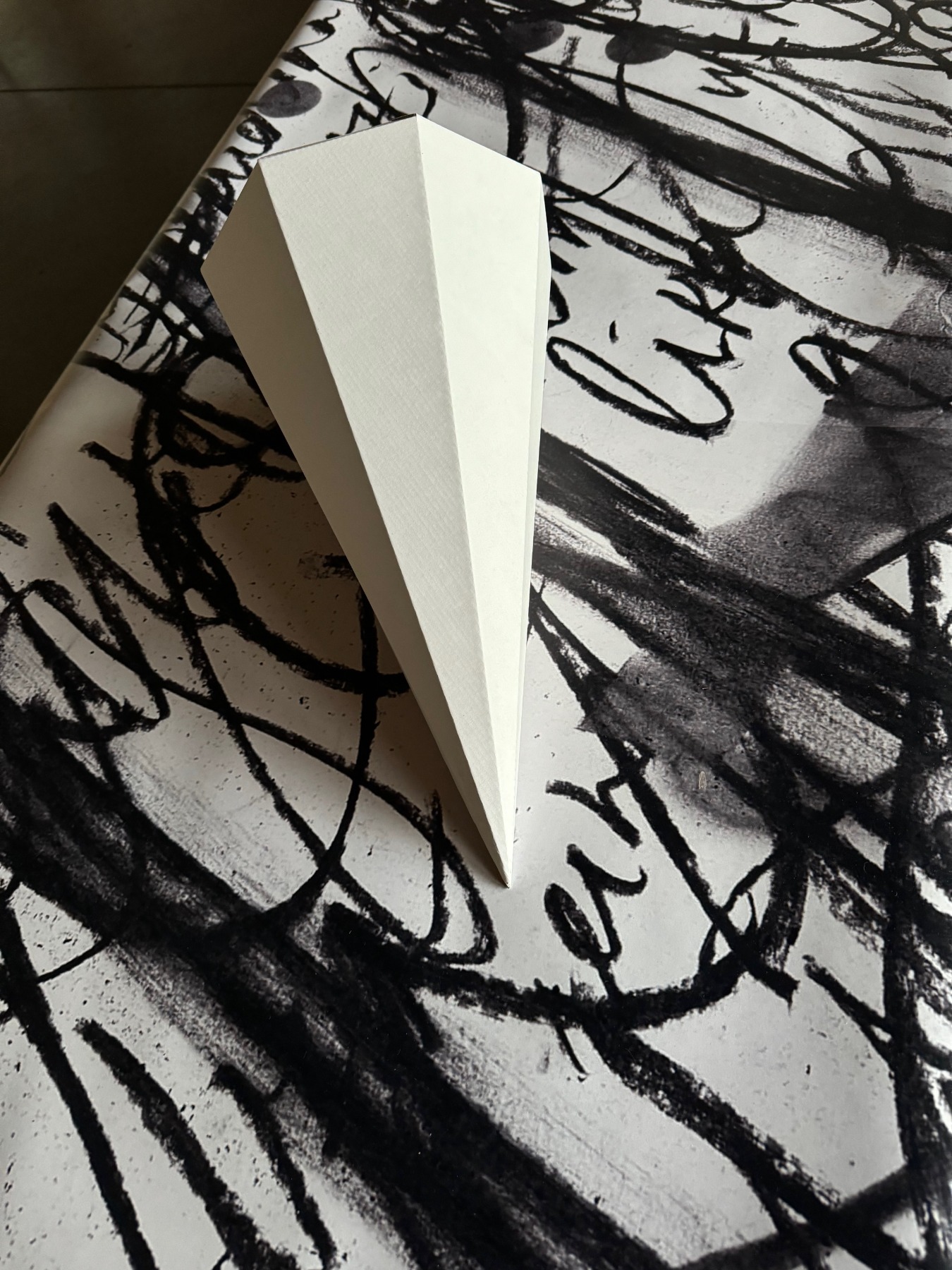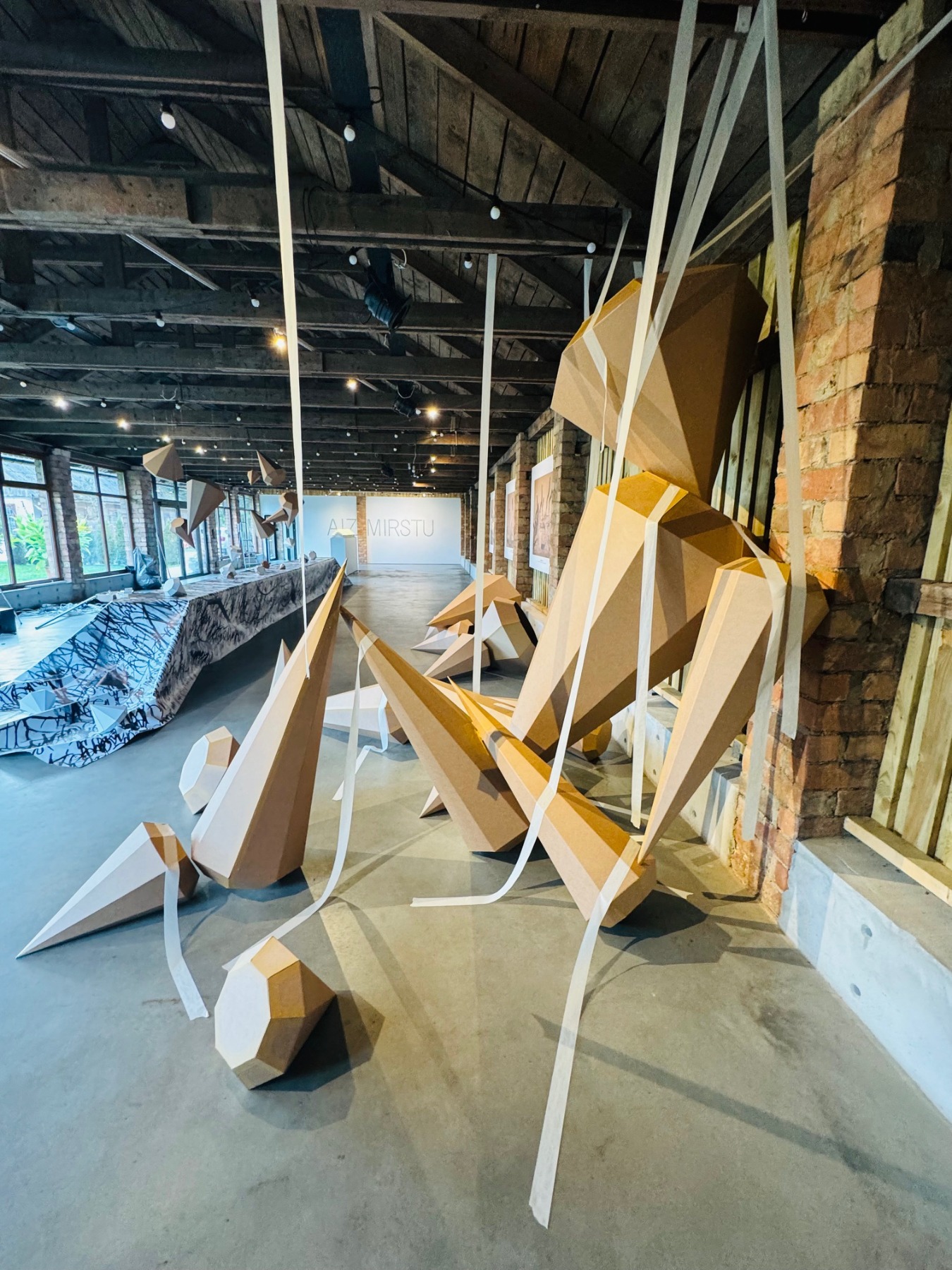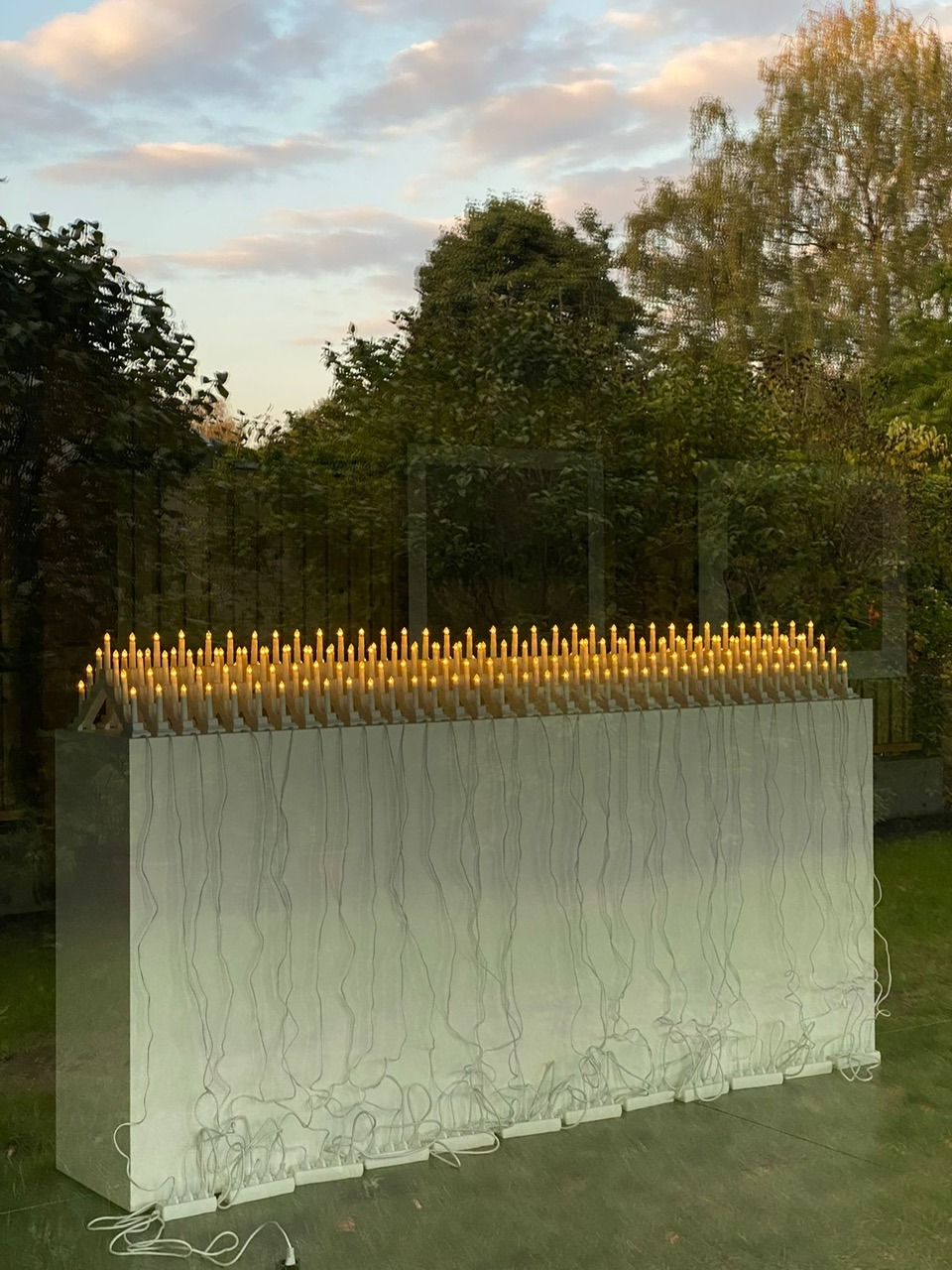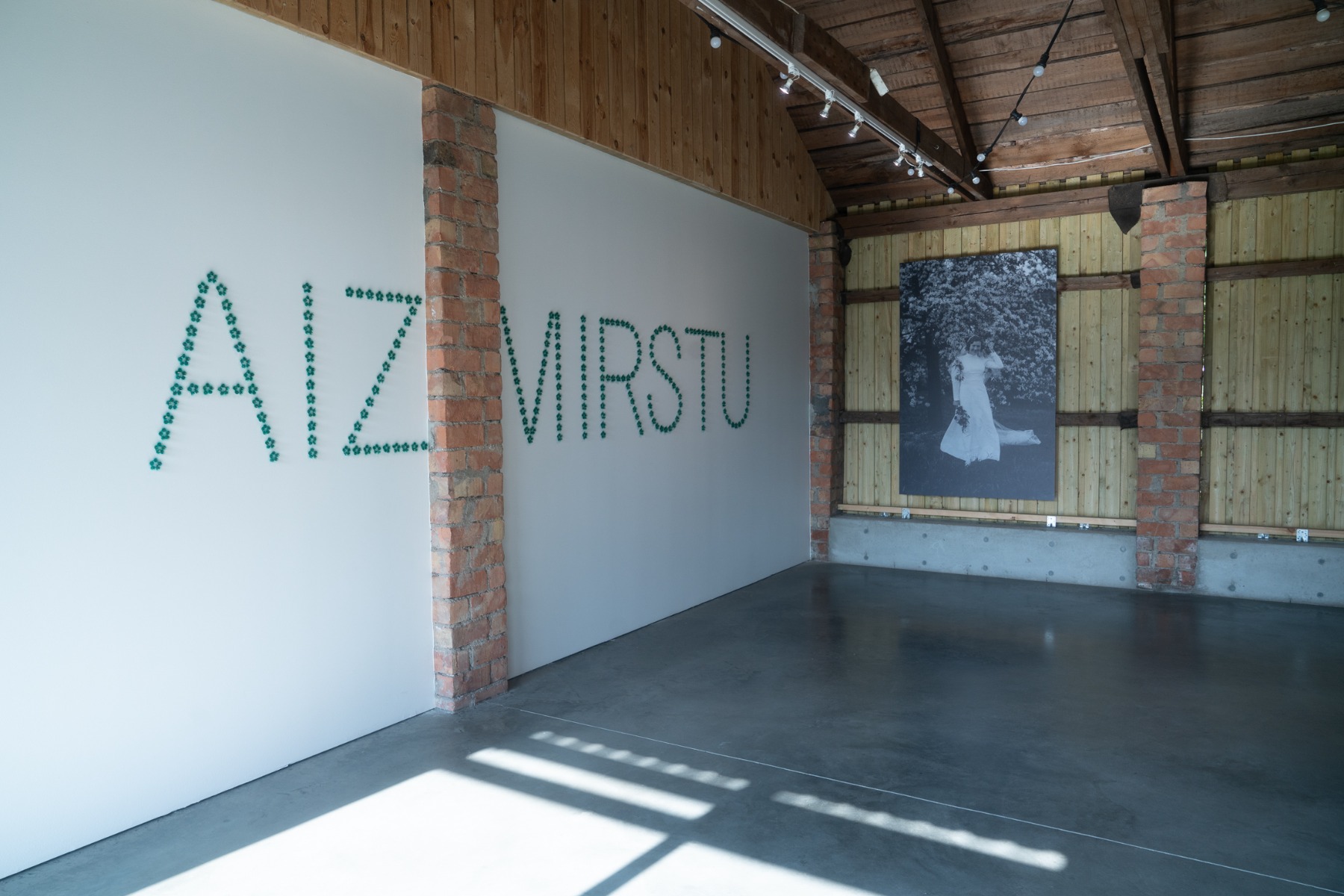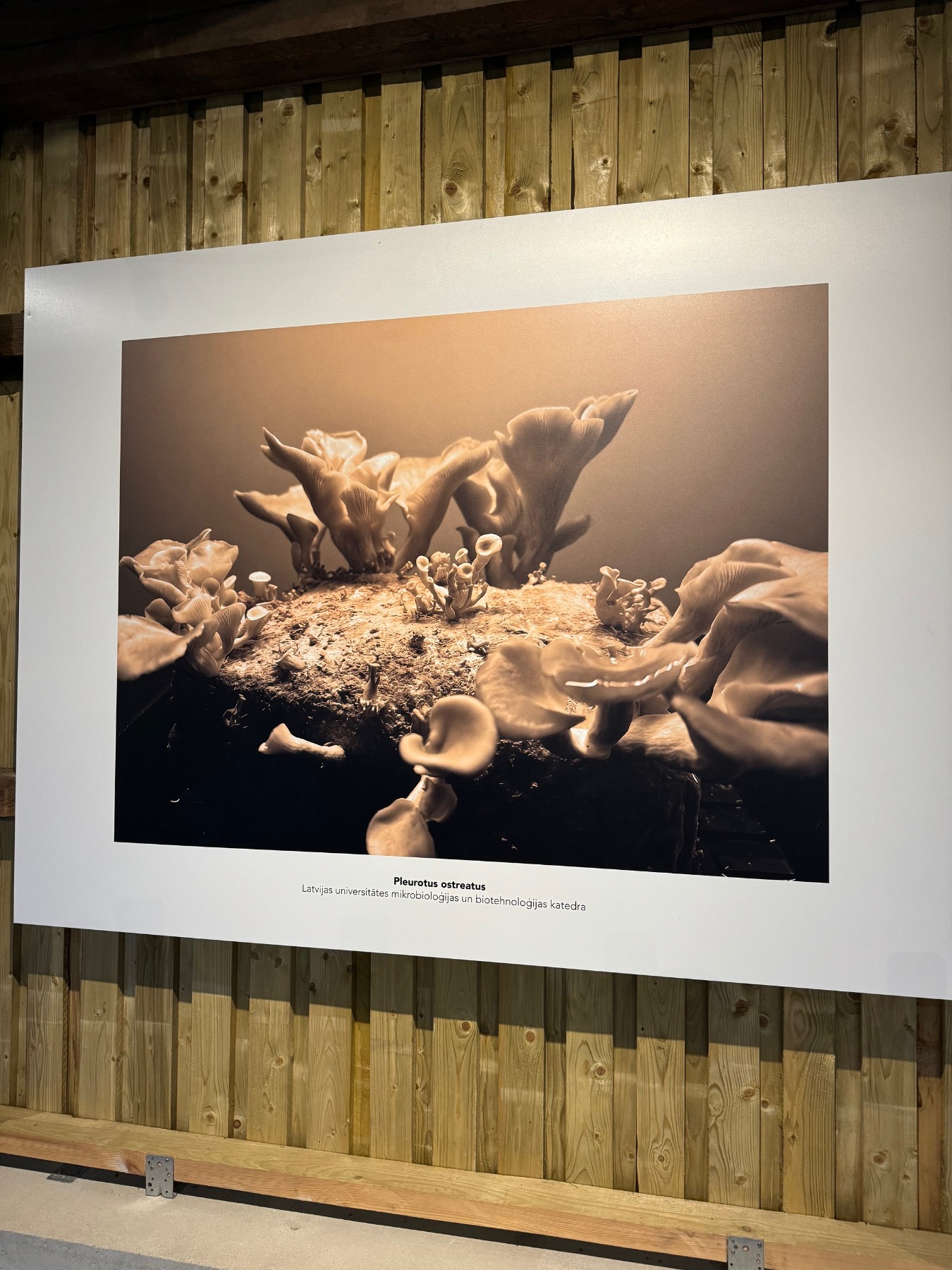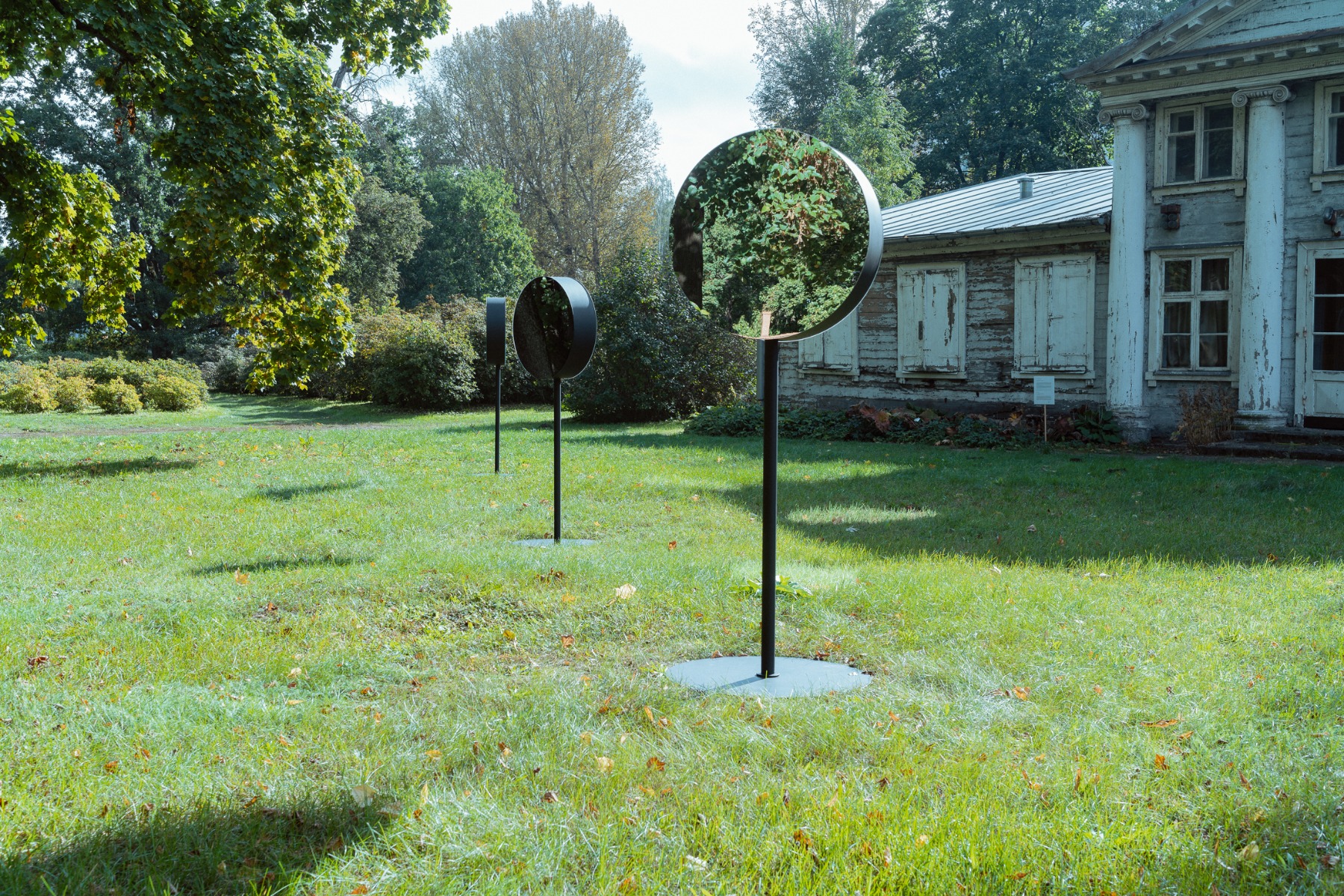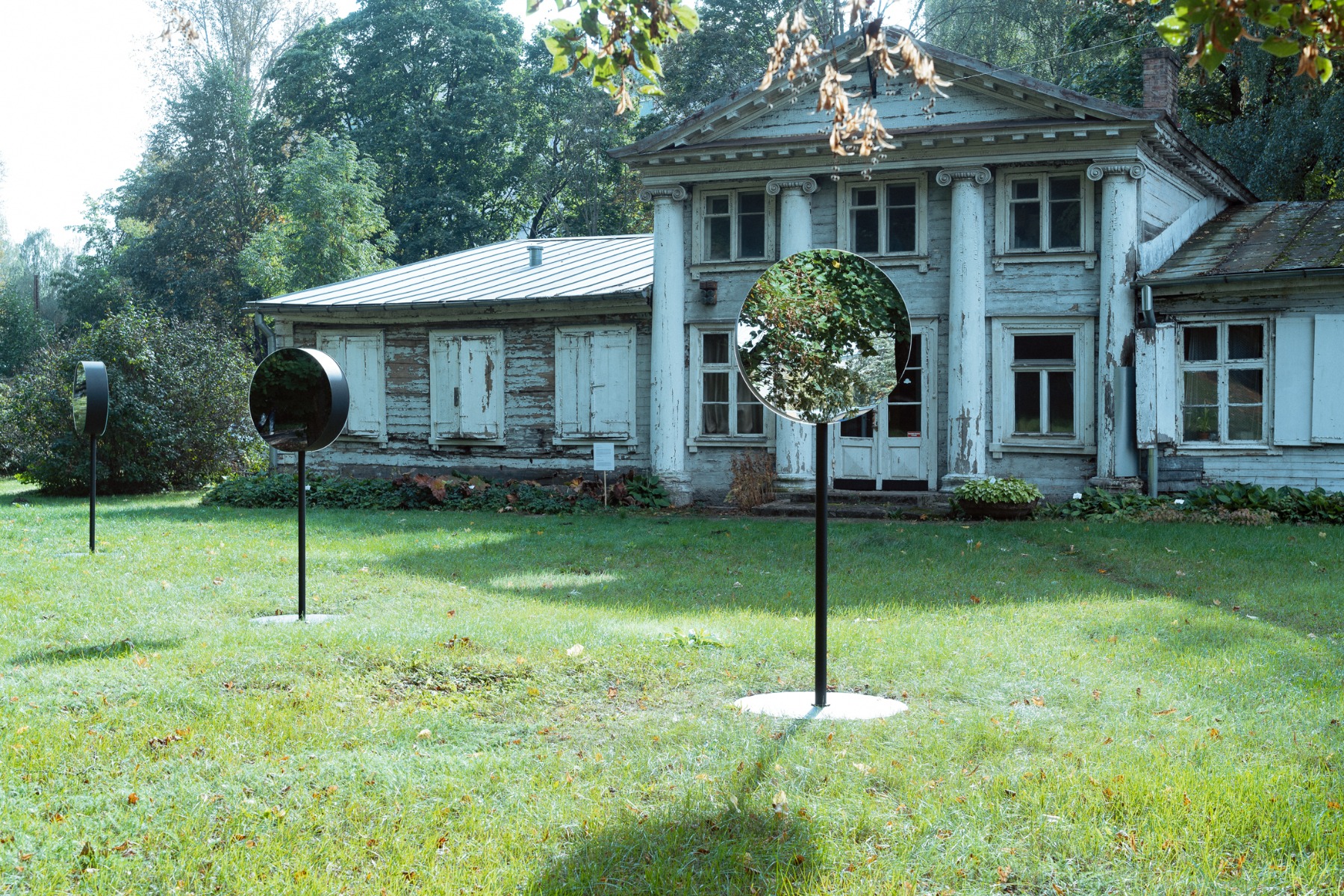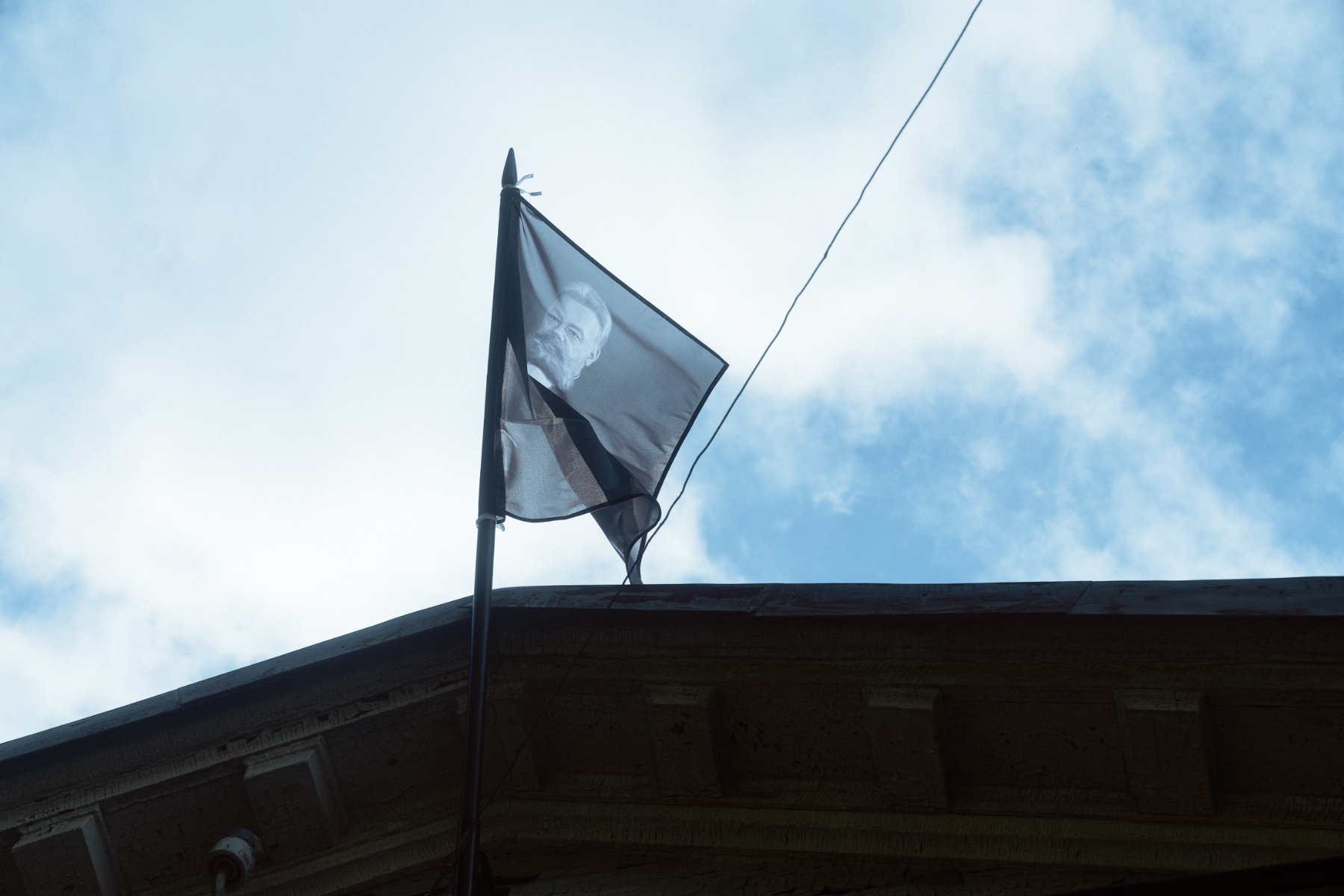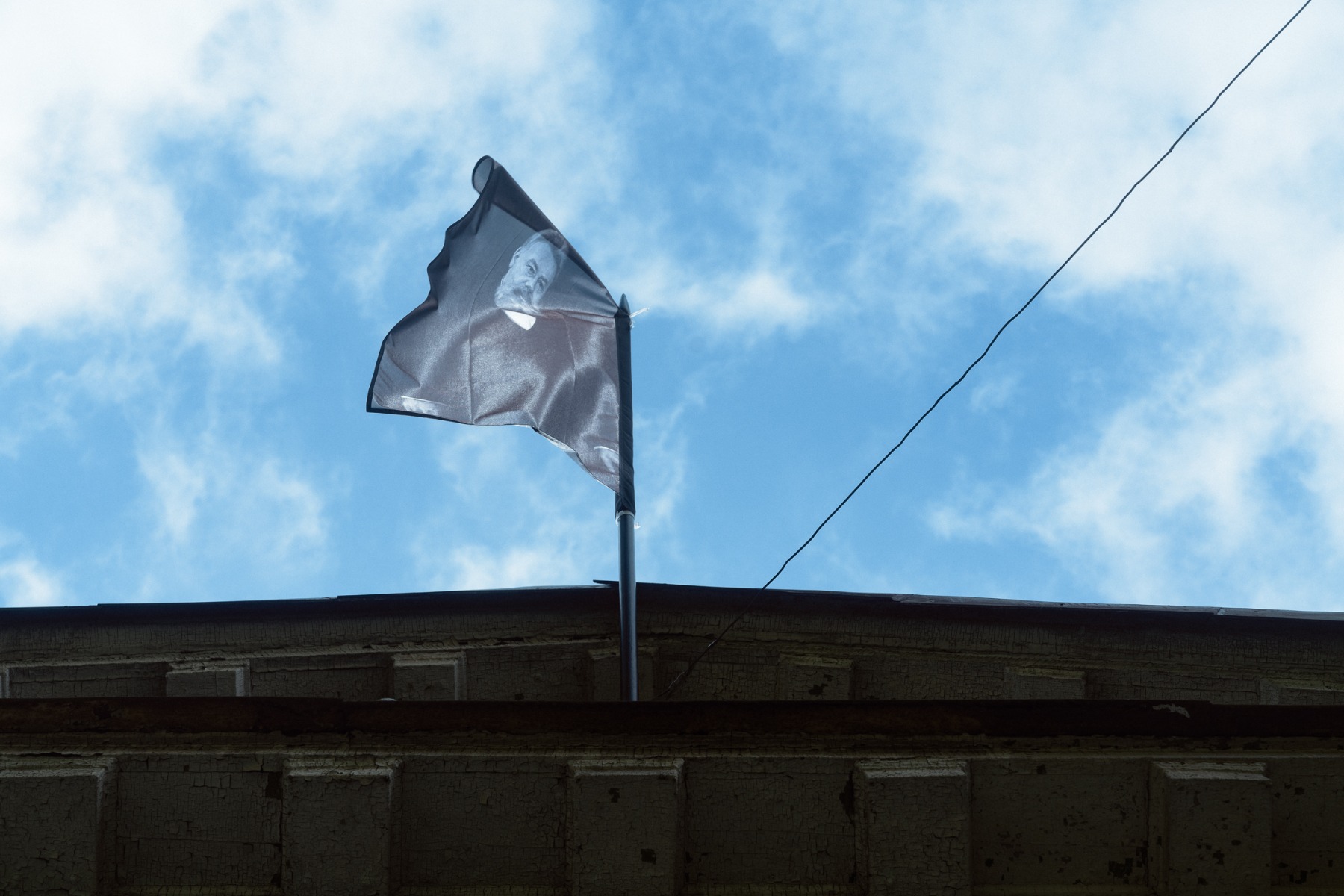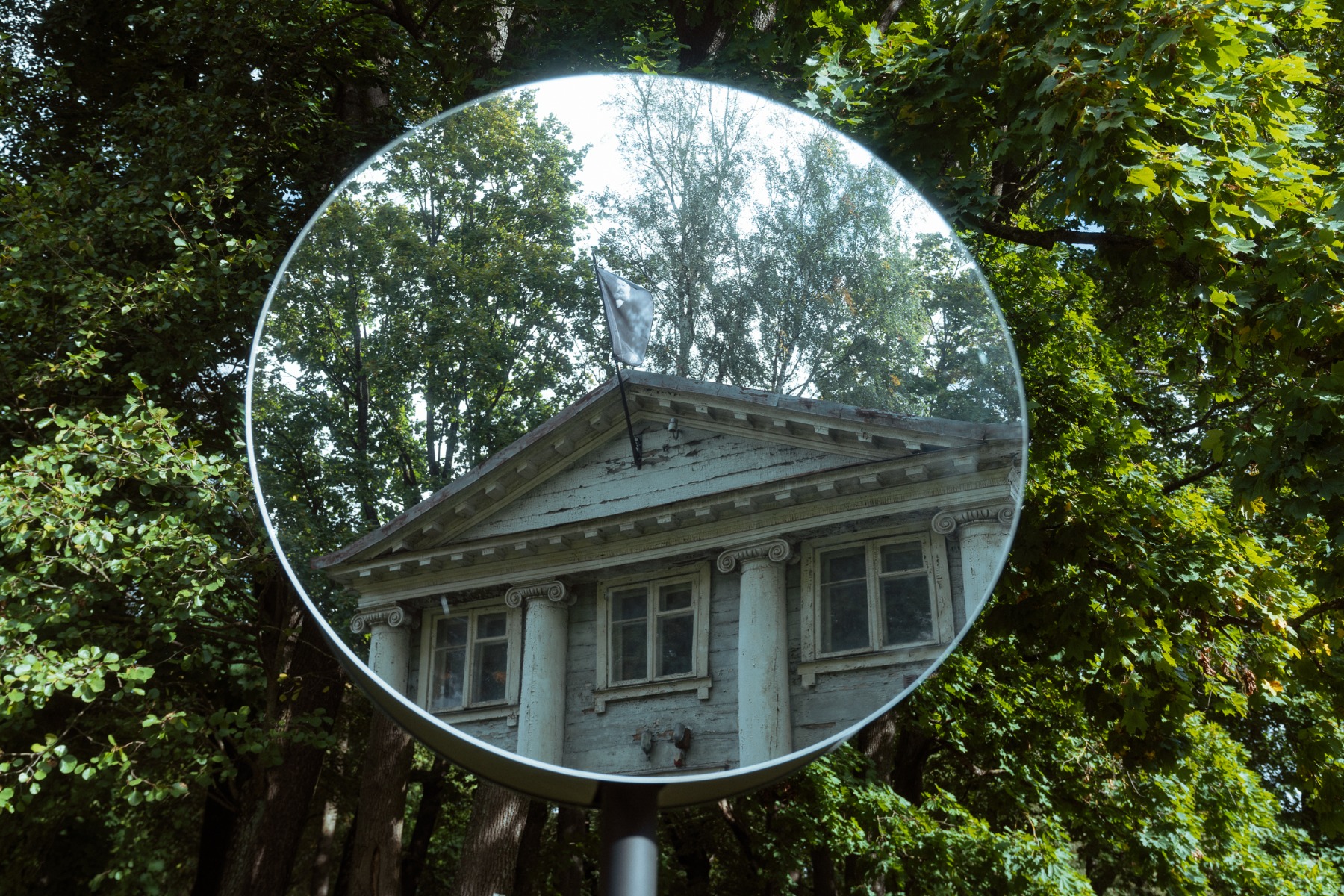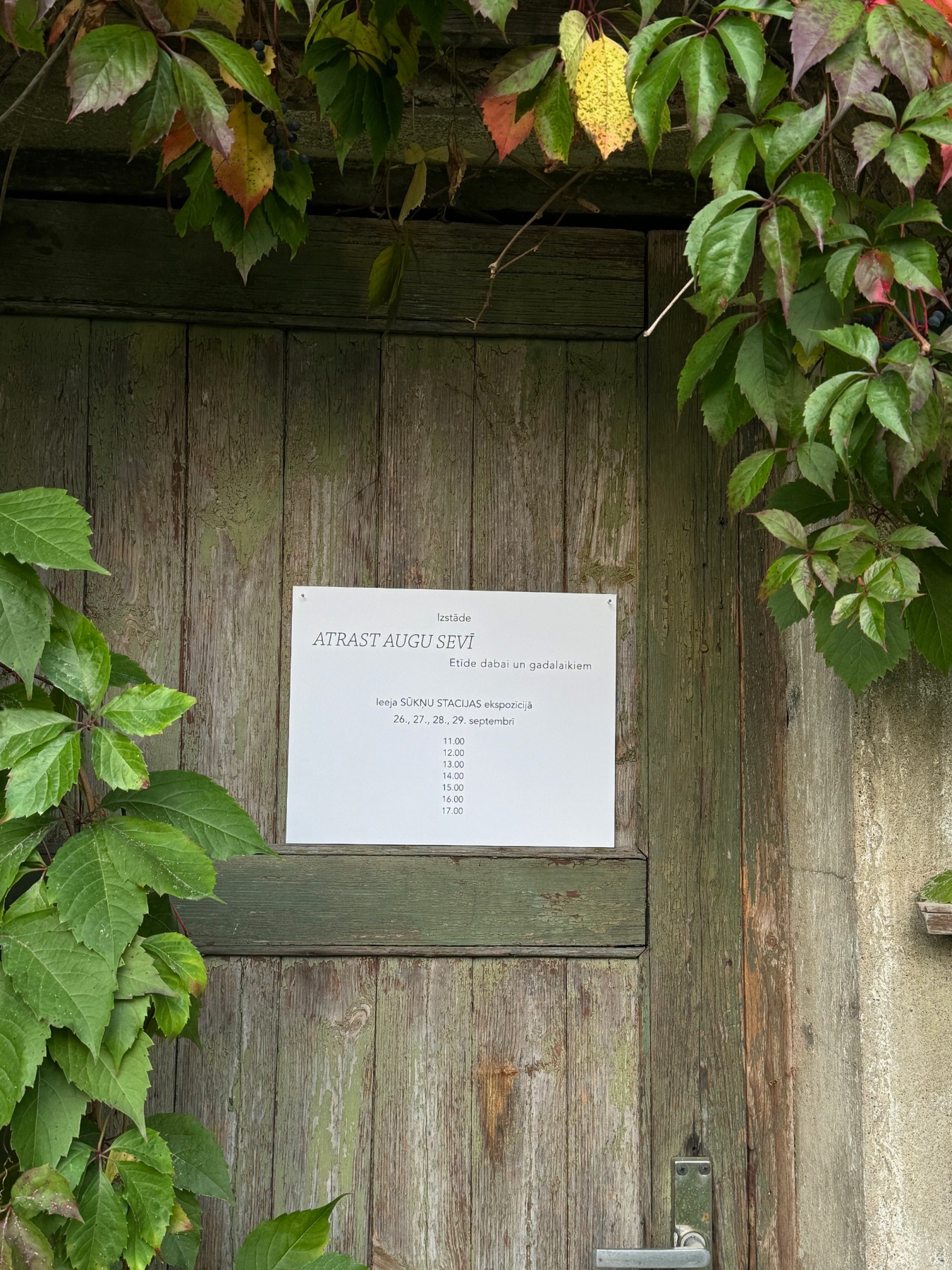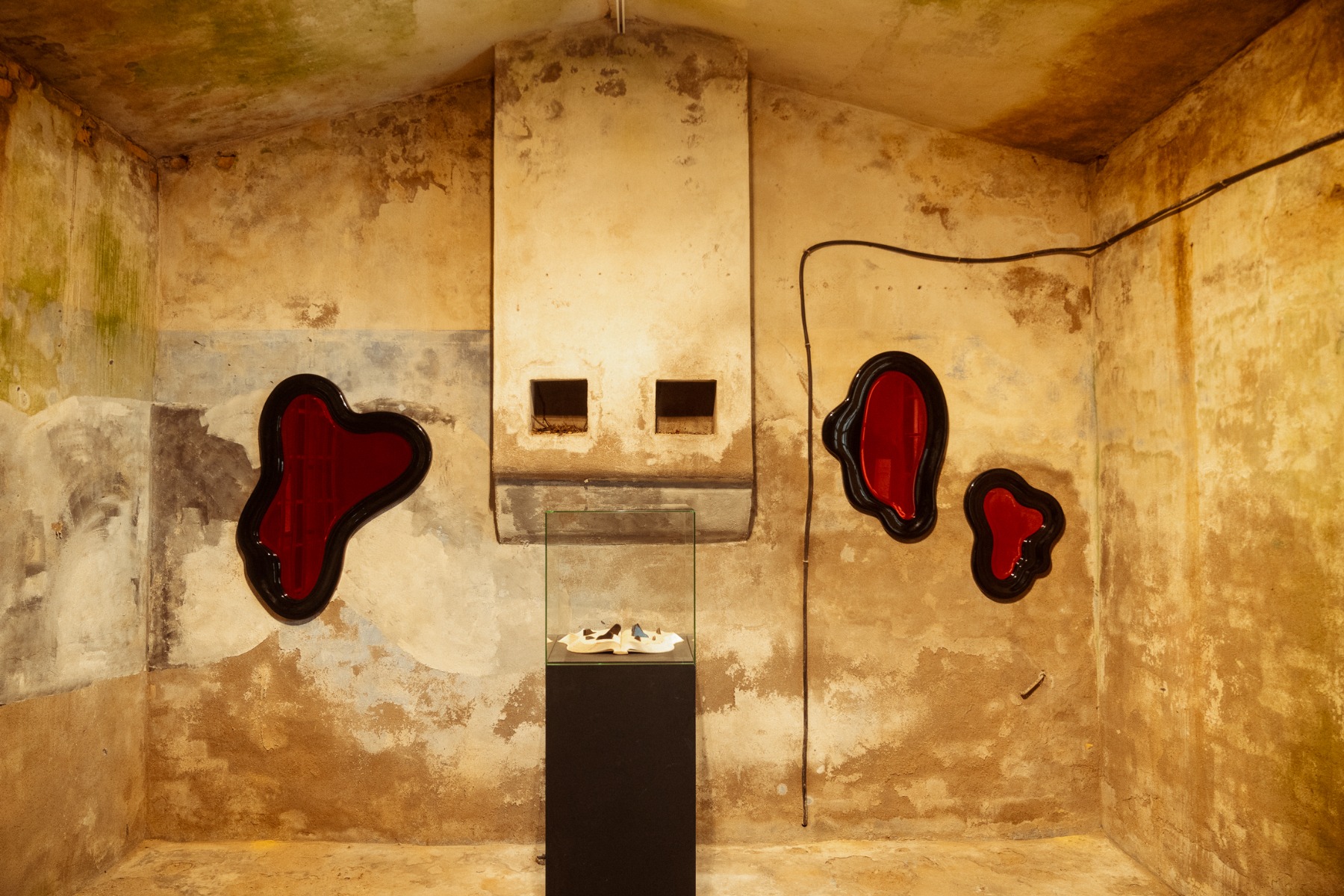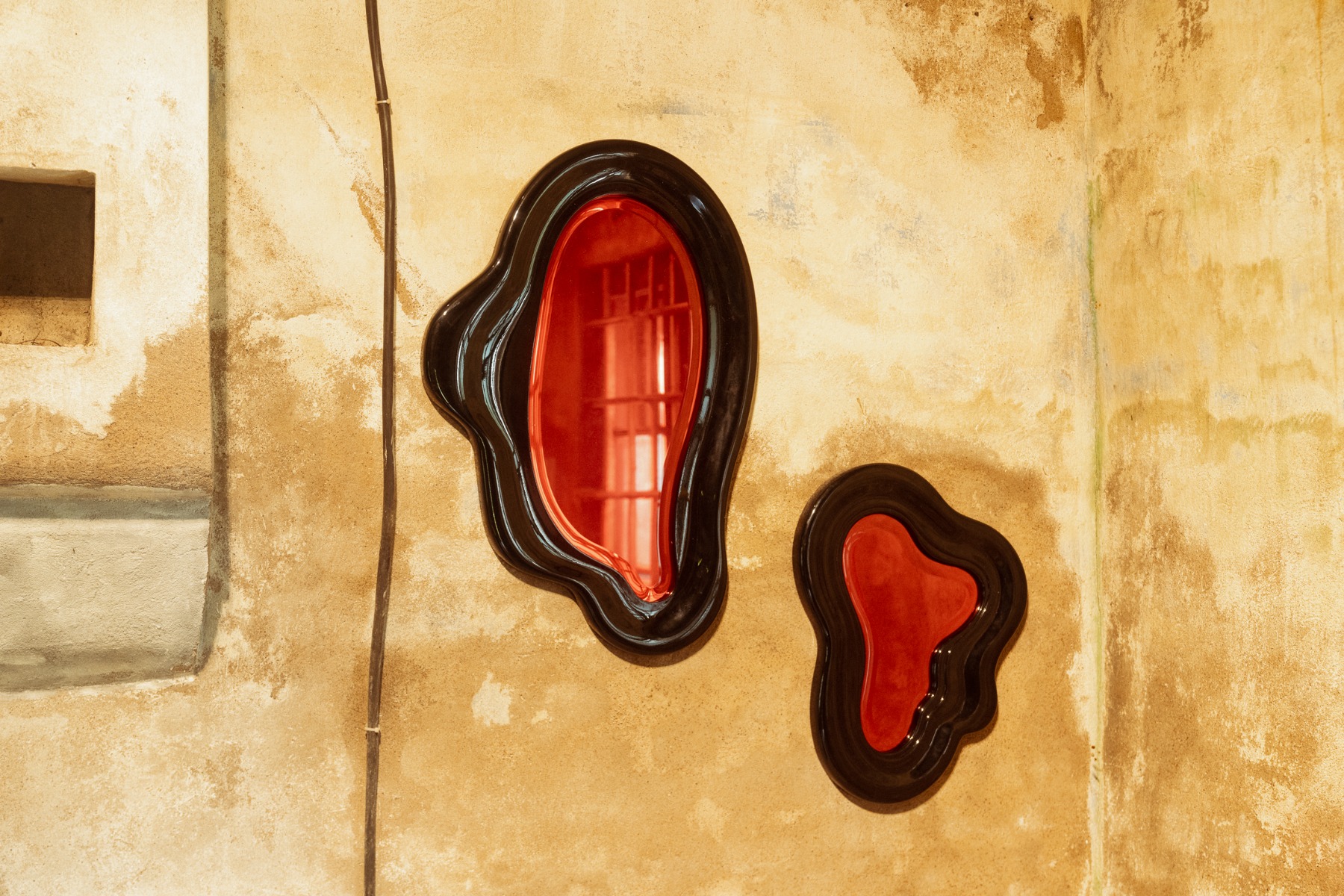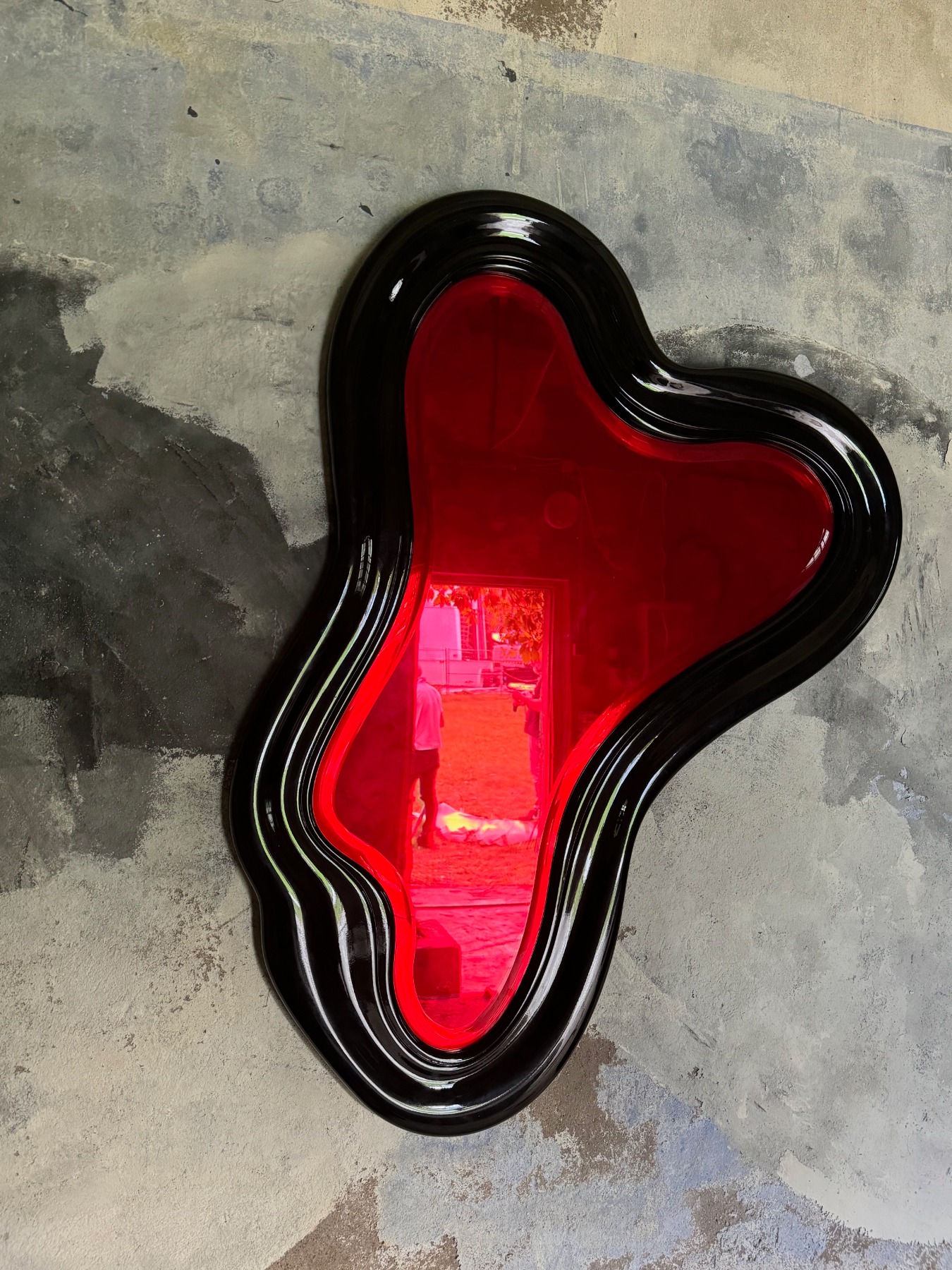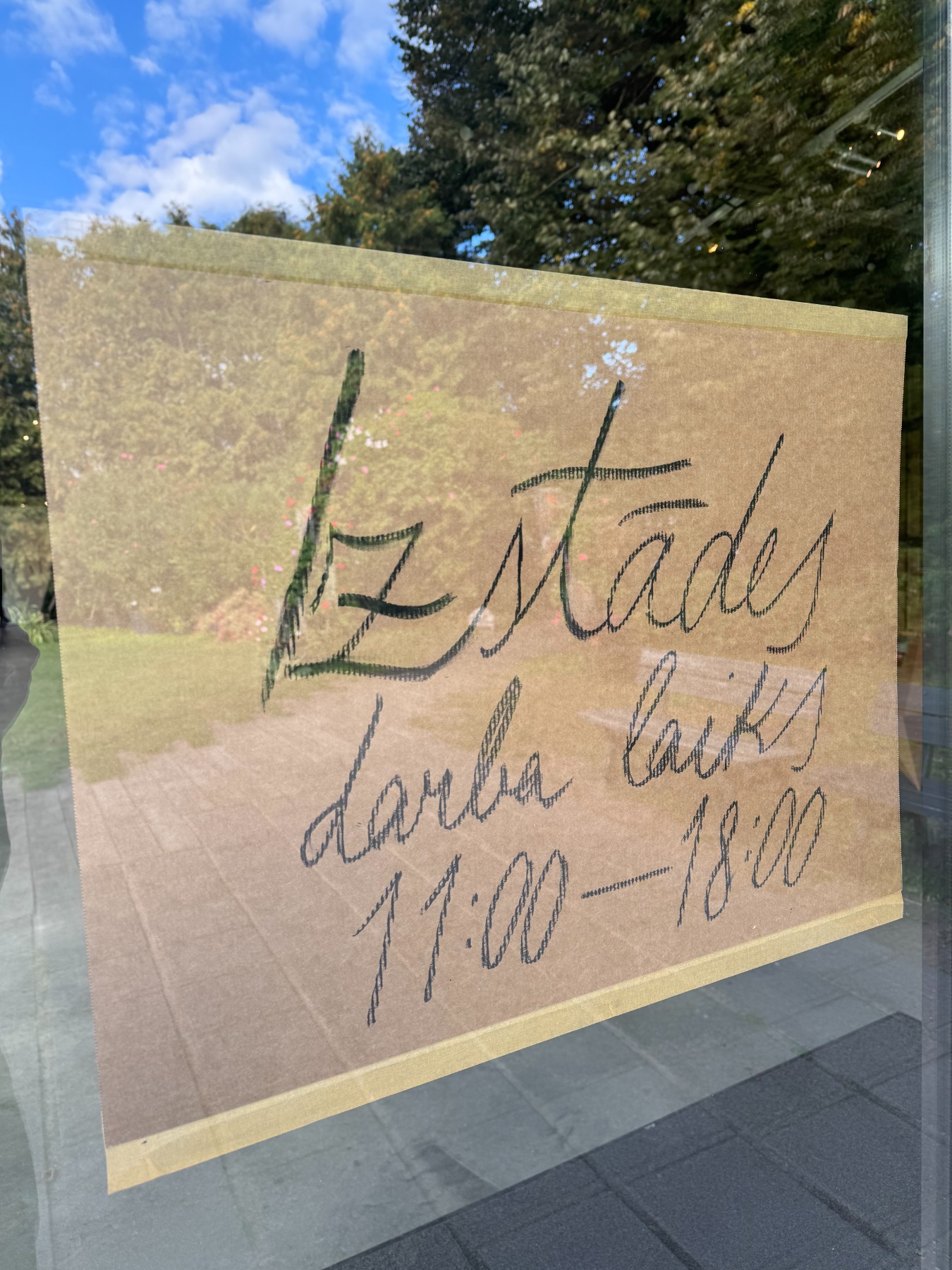
Find The Plant Within You
An Etude for Nature and Emotions / 26–29 September
As American poet and philosopher Ralph Waldo Emerson once said, “The earth laughs in flowers”. It also gets angry, grieves, and weeps. Plants are constantly creating and reinventing themselves, observing the changing conditions of their environment so that they know when it’s the right time to bloom. Artists have been observing and depicting plants for centuries, showing in various ways how we can communicate with and learn from these forms of life.
The life cycle of plants and the seasonal changes of nature are like a mirror in which we can see the course of human life – and even our world of emotions and sensations. It’s kind of a “mental map” that helps the viewer recognise and understand themself – and to survive. To find the plant within you.
Modern technology and society alienate people from the natural world and create a sense of anxiety and disconnection. Martin Heidegger said that a close relationship with nature strengthens the sense of belonging. Nature is not just a backdrop against which humans are mirrored; it is a driving force with which man must breathe along with in rhythm.
In his 1984 book Biophilia, American biologist Edward O. Wilson hypothesised that our “innate tendency to focus on life and life-like processes” might be a biologically based necessity that is integral to our development as individuals and as a species. We are most likely adapted for living in a green environment, and that factor plays a very direct role in our mental and physical well-being.
Nature has influenced cultural and artistic processes for centuries: its sublimity and power were celebrated by Romanticism; the desire to capture light manifested itself in Impressionism; and the “botanical art” of nuns can be linked to the beginnings of feminism. Art is like a bridge from which to observe, notice and see. The separation of the arts and humanities from the natural sciences is a fundamental feature of our time; but with this separation, our view of the world has also become more fragmented, thereby losing its integrity and comprehensiveness. We have been aware of this for some time.
Arterritory.com’s exhibition FIND THE PLANT WITHIN YOU. An Etude for Nature and Emotions is an encouragement to get closer to ourselves and the world we have co-created by observing the plants and life all around us.
The exhibition features contemporary art by seven artists: Reinis Dzudzilo, Krista Dzudzilo, Kristaps Kalns, Sarmīte Māliņa, the duo MAREUNROL’S, and Artūrs Virtmanis. The titles of the selected works create a framework through which they interface with each other and form a single narrative for the exhibition: Nekad nebeidzas…(etīde gadalaikiem) / Never Ending (An Etude for the Seasons); Mīlestība nekad nebeidzas / Love Never Ends; Melnholijas 10 000 sķautnes / 10,000 Facets of Melancholy; Tagad ir visu laiku / It’s Always Now; Tu mani padarīji par stiklu / You Turned Me Into Glass; and Spēka skaņas pārziemošanai / Sounds of Strength for Overwintering.
Alongside the artworks are large-format photographs that document the research of scientist Indriķis Muižnieks and his colleagues; in their own way, these photographs give the exhibition the character of a “Wunderkammer” (a cabinet of wonders). Traditional Wunderkammers exhibited objects that were not distinguished by their belonging to one field or another, but rather by revealing the beauty of the interaction between nature, humans and culture, and the inextricable interconnectedness of everything. The presence of these images in the exhibition highlights a tool that is so essential and necessary for today's contemporary world – collaboration between different fields and the resultant interactions.
“Mushrooms are everywhere and they eat everything, from old oranges and stale bread to electrical insulation and park statues. The ability of fungi to break down trees, leaves, grass, straw – anything that contains cellulose and lignin – into primary elements is especially significant to nature, i.e., the great cycle of information, matter and energy that we call life. Without fungi, we would live in a world of plant zombies. It would be more accurate to say that we wouldn’t even be alive because we would have nothing to live on – no soil fertility, no food for animals, not even the very foundations of civilisation,” says Muižnieks.
The symbiosis between nature and humans is also embodied in the exhibition’s soundscape created by MAREUNROL’s – it fills the space so that those within it are immersed in an otherworldly, ethereal essence.
The exhibition was created as a synergistic collaboration between the University of Latvia and the art and culture portal Arterritory.com, and commemorates the 105th anniversary of the University of Latvia.
Curators: Una Meistere and Daiga Rudzāte.
Venue: the following locations in the U. of Latvia Botanical Garden: in the event space “Šķūnis”, the former pumping station, and the outdoor space across from the historic villas
Photo: Arterritory.com, Andrejs Strokins